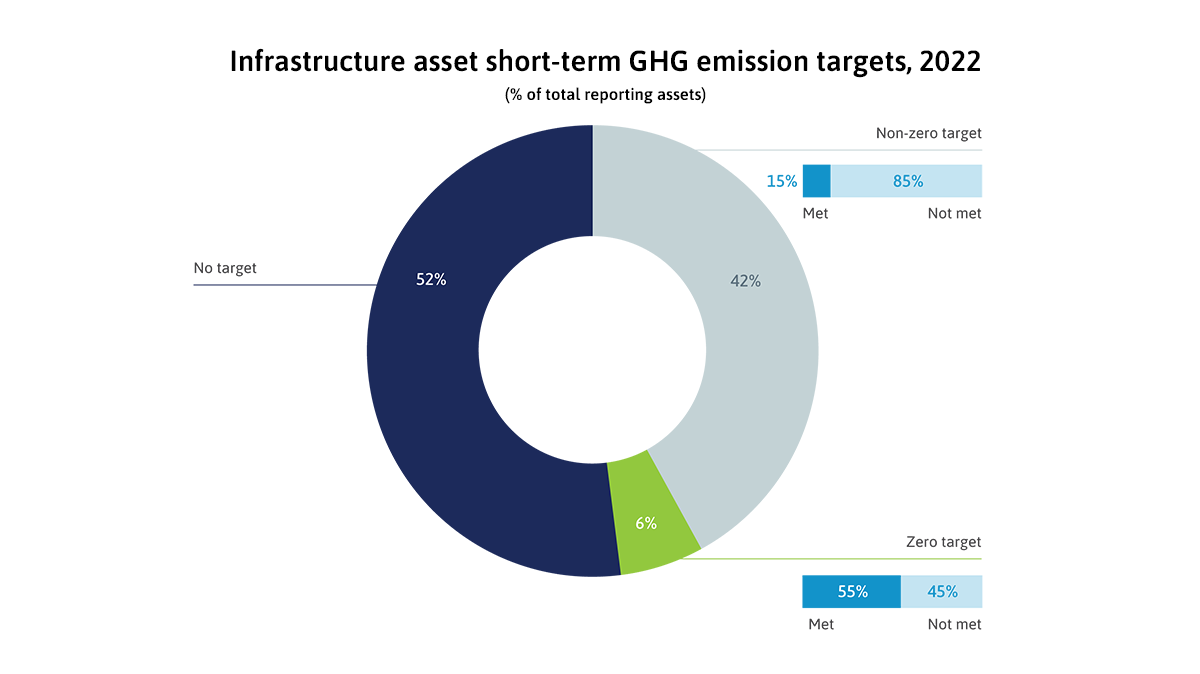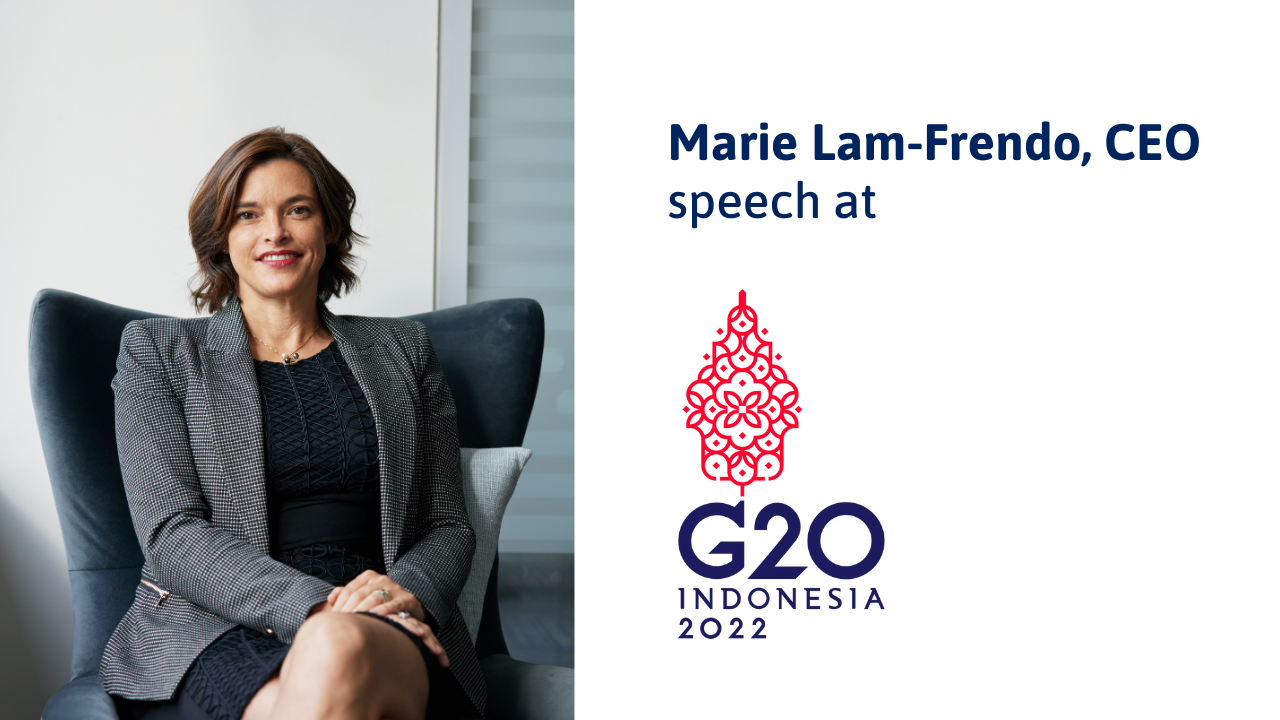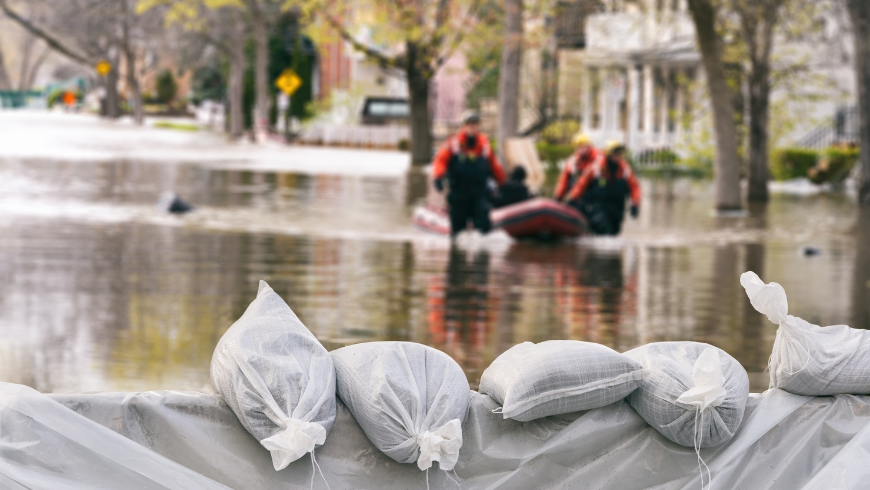105 results found
Featured results



More results
Durophalt and Durophalt-E are sustainable, durable, and cost-effective road maintenance solutions that replace traditional asphalt repair processes, reducing emissions and prolonging road lifespans.
TRL is using satellite imagery and artificial intelligence to assess the condition of rural, unpaved roads more efficiently.
AsianInvestor interviews our CEO on the critical role of investors in promoting net-zero targets in infrastructure
irisGO™ is an AI-enabled camera that facilitates smarter condition monitoring by automating data gathering and analysis of road assets and defects in real time, enabling faster and more secure maintenance for safer roads.
How can collaboration models and public intervention close the infrastructure gap to increase the value that 5G brings?
COLPISTE is a combination of a soil stabilisation solution and a cold layer that makes it faster, more affordable, and more sustainable to construct reliable, all-weather roads in rural environments in developing countries
Our latest Q&A explores the key objectives, learnings, and insights from the Infrastructure Governance in Canada Report
Our co-authored article with the Wilson Center explains how emerging and developing economies can create an enabling environment for private investment by de-risking at the country level
The report was created to establish a shared set of principles to unite the sector and assist in aligning policies, strategies, and initiatives towards a circular economy.

McKinsey interviews our CEO, Marie Lam-Frendo about key strategies to help infrastructure leaders to attract private investment and meet net zero goals
Interrelated challenges are common bottlenecks in the planning process for linear infrastructure designed to address climate change. This article explores how the Linear Infrastructure Planning Panel is enabling InfraTech for accessible decisionmaking.
The carbon finance market is evolving rapidly but is fragmented and complex. With project and political risks affecting the private sector’s willingness to enter new carbon markets, what can governments of developing countries do to scale up participation?

In this article, the authors explore the successes and failures of the built environment’s digital transformation to date, why the Smart City concept is necessary but not sufficient and 3 steps for achieving the Adaptive City of the future – one which works for everyone.



In 2022, infrastructure assets improved their ESG scores in all three pillars of ESG. The scores are encouraging, but they do not mean the assets themselves are more sustainable.


The Coalition for Climate Resilient Investment (CCRI) today announced that it has successfully completed the transfer of its portfolio of government and investor-focused climate tools, solutions, and financial instruments to not-for-profit partners. Supported by the CCRI board, the GI Hub is intended to take the role of Secretariat, responsible for collaborating with and supporting the CCRI legacy partners who will continue delivering the core programs begun by CCRI.
To mark International Women’s Day 2023 we invited infrastructure students from University College London to quiz GI Hub leaders on how innovation and technology can advance gender equality.
What qualifies as critical infrastructure, and what can governments and industry do to increase its resilience? We spoke to four experts for their perspectives.
The Investor Leadership Network created this playbook to help institutional investors better assess and incorporate inclusion into portfolios. It provides the business case for inclusion, fundamental and advanced inclusion metrics, and case studies of the metrics being used.








 Accelerating Private Capital Mobilisation for Infrastructure: Introducing the GI Hub’s Private Sector Advisory Council
Accelerating Private Capital Mobilisation for Infrastructure: Introducing the GI Hub’s Private Sector Advisory Council













